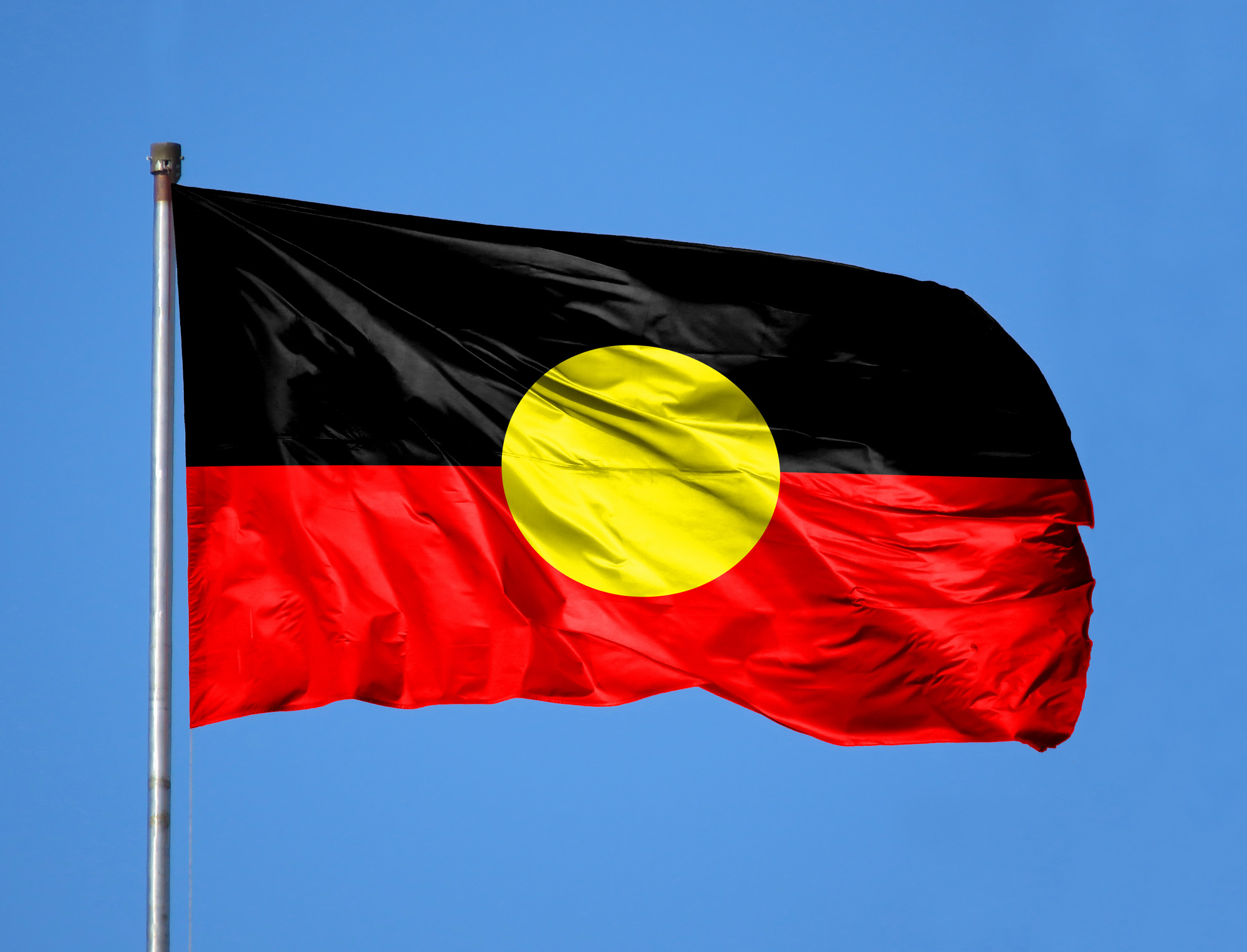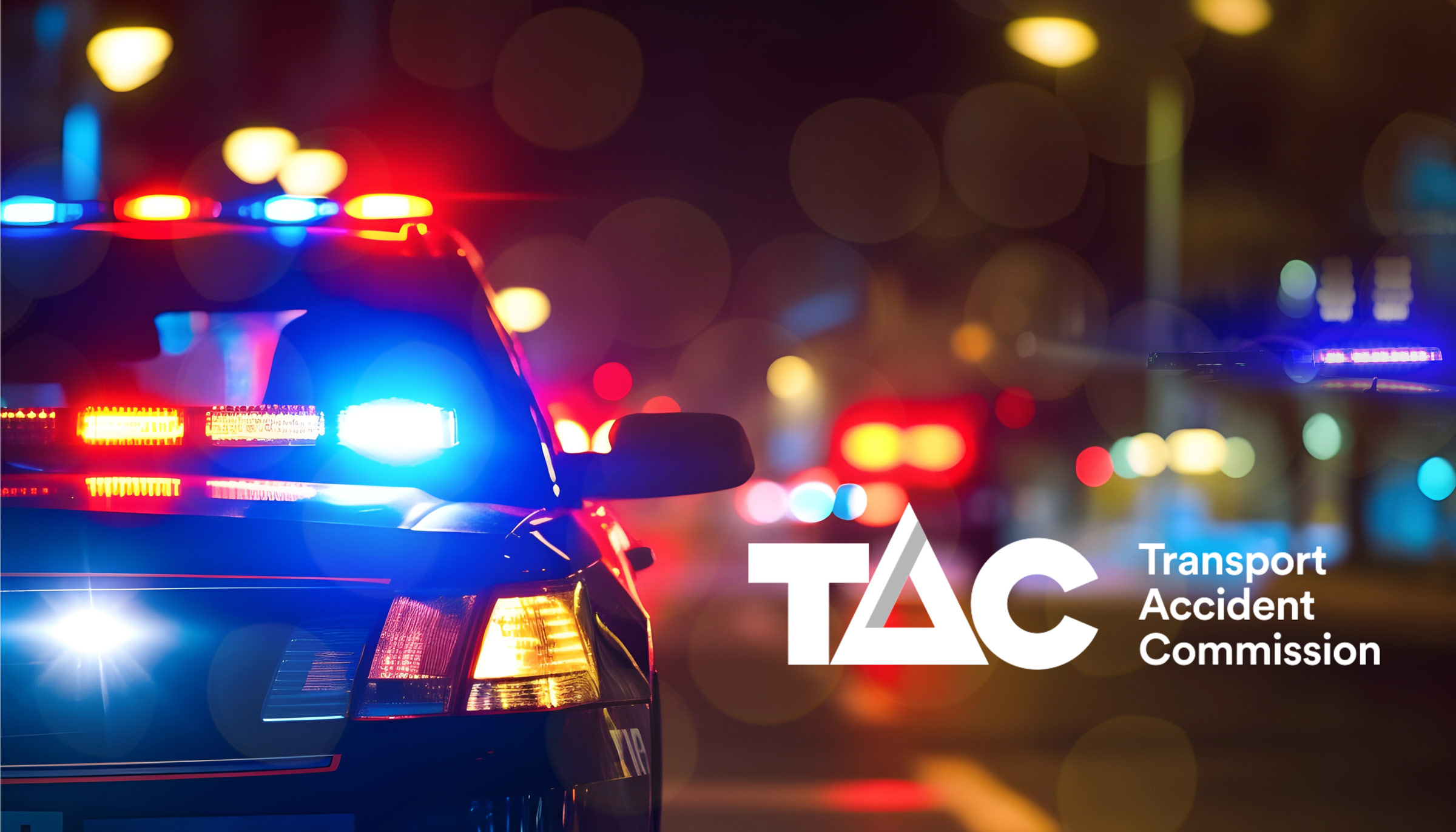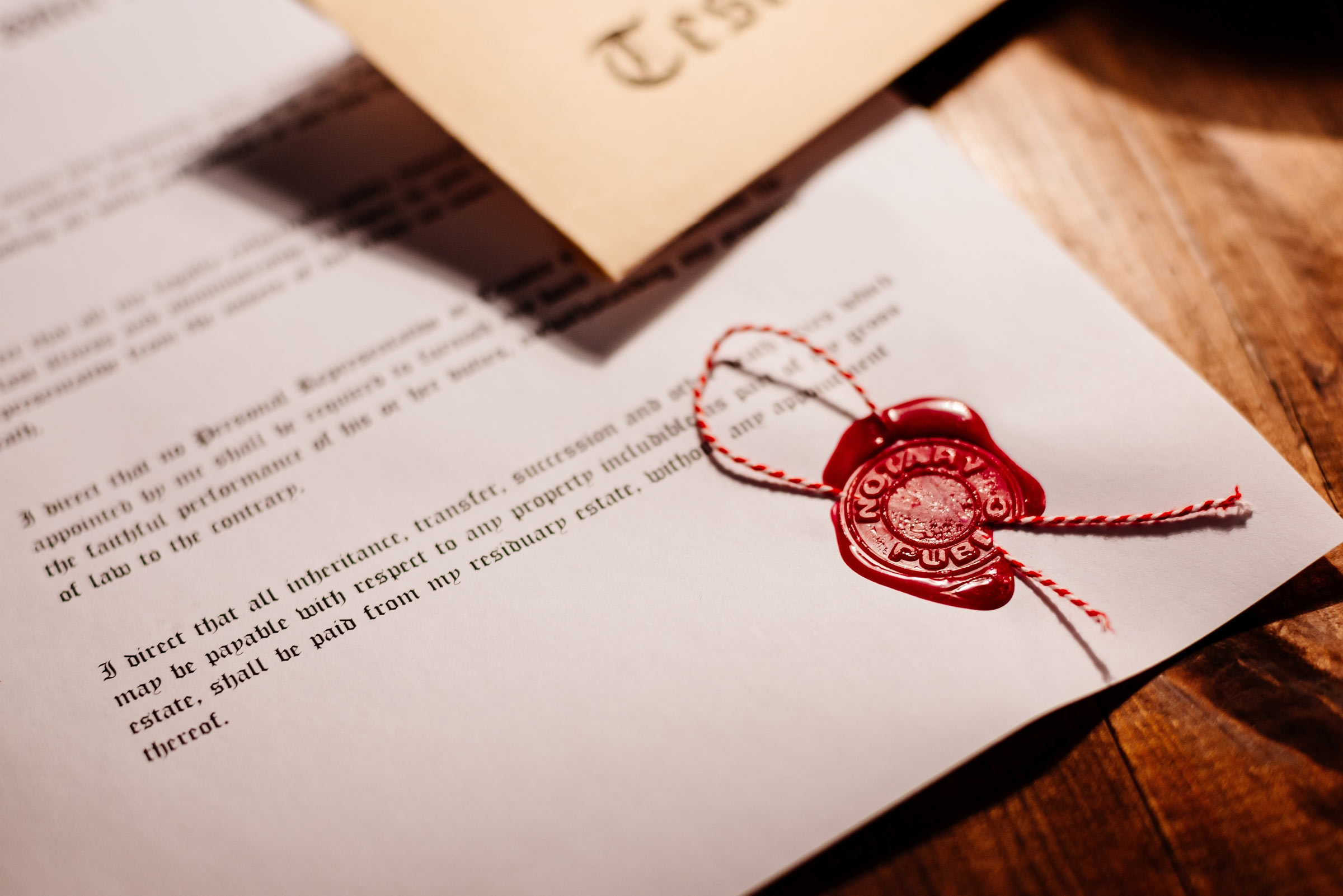Subscribe
The iconic Aboriginal flag’s copyright status recently changed, marking a new era of accessibility
On 25 January 2022, the Aboriginal flag became available for public use when its designer, Luritja artist Harold Thomas, agreed to transfer copyright to the Commonwealth Government.
The Aboriginal flag was first designed by Thomas in 1971 for National Aborigines Day on Kaurna country in Adelaide. It became an official national flag of Australia in 1995 when then Governor General proclaimed it as a flag of Australia under the Flags Act.
In 1997 Thomas won a legal battle in the Federal Court of Australia and was recognised as the designer and sole owner of the Aboriginal flag’s copyright.
How does the Aboriginal flag attract copyright?
Under the Copyright Act (the Act), artistic works include paintings, drawings, sculptures, engravings, photographs, buildings and works of artistic craftmanship. Artistic works attract copyright when they fulfil two requirements:
- They must be an original authorial expression. This requires an originality of expression as the result of ‘some independent intellectual effort’.
- They must be recorded in material form. This includes any form of storage of the artwork, regardless of whether it can be reproduced.
Having created the original design of the flag and reproduced it in material form, Thomas was automatically granted copyright in the Aboriginal flag and the associated exclusive rights.
What are exclusive rights?
As the copyright owner, Thomas had certain exclusive rights under the Act to:
- Reproduce the flag in material form;
- Publish the flag; and
- Communicate the flag to the public
His copyright in the flag would have lasted for 70 years after his death.
Thomas could assert these exclusive rights against anyone who wished to use the flag – even if they were not selling it or using it commercially.
Was there a non-exclusive copyright licence for the Aboriginal flag?
In Australia, exclusive copyright licences must be in writing and signed by assignor and assignee. Non-exclusive licences can be created orally or implied by conduct. Given Thomas gave his consent for the Aboriginal flag to be a national flag, it is arguable that he granted a non-exclusive licence to Indigenous peoples and the population of Australia to use the flag for this purpose.
However, in 1996 Thomas entered into a licensing arrangement with Carroll and Richardson-Flagworld Pty Ltd (Flagworld). He granted Flagworld the exclusive right to reproduce the design as a flag. Subsequently, in November 2018 Thomas granted WAM Clothing Pty Ltd (WAM) exclusive international rights to sell clothing, physical and digital media containing the flag.
What happened when WAM took action to enforce its exclusive rights?
The issues surrounding copyright in the Aboriginal flag were brought to the public’s attention in 2018 when WAM issued infringement notices to the Australian Football League and National Rugby League, as well as non-profit Aboriginal organisations such as Clothing the Gaps, for their use of the Aboriginal flag.
By using the flag on clothing, the organisations were infringing WAM’s licensed exclusive right to reproduce the flag in material form. Under the Act, in order to infringe exclusive rights, a ‘substantial part’ of the artistic work must be used. This threshold requirement was easily met when organisations reproduced the whole Aboriginal flag.
As with all copyrights, Thomas’s copyright and the rights he licensed were subject to exceptions:
- Fair dealing for purpose of research or study
- Fair dealing for criticism or review
- Fair dealing for parody or satire
- Fair dealing for purpose of reporting news
None of these exceptions were relevant.
When it became apparent that WAM was active in enforcing its exclusive legal rights, many bodies recognised that they had to desist from using the Aboriginal flag. It prompted Laura Thompson’s ‘Free the Flag’ movement. She is a Gunditjmara woman and the CEO and co-founder of Clothing the Gaps.
What is the Aboriginal flag’s copyright status today?
From 25 January 2022, ownership of the copyright in the Aboriginal flag is with the Commonwealth and is free to use.
This was achieved with the Federal Government brokering a $20m deal to buy out the private companies, such as WAM, that previously held the exclusive licences granted by Thomas, as well as paying Thomas a fee. Flagworld will remain the exclusive licensed manufacturers of Aboriginal flags and bunting for commercial purposes. However, this licence won’t prevent individuals from making their own flag for personal use.
The finer details of the agreement are confidential, but the deal means that sport teams, individuals, charities and brands no longer have to ask permission or pay a fee to use the Aboriginal flag on things like merchandise, websites or uniforms.
What are the moral rights in the Aboriginal flag?
Thomas still holds moral rights in the Aboriginal flag. Moral rights are a related right to copyright which arise automatically under the Act with respect to artistic, literary, dramatic, musical works and films (but not sound recordings). Moral rights operate to protect Thomas’ relationship with the Aboriginal flag, despite the fact that he no longer holds the copyright.
There are three types of moral rights:
- Right of attribution: the right for Thomas be identified and named as the author of the Aboriginal flag;
- Right against false attribution: the right for Thomas to stop someone else being credited as the author of the Aboriginal flag; and
- Right of integrity: the right for Thomas to ensure that his work is not subject to derogatory treatment, being any act in relation to the Aboriginal flag that is in any manner harmful to Thomas’ honour or reputation.
As it was when Thomas was the copyright owner of the Aboriginal flag, Thomas’ moral rights will last until 70 years after his death.
The final word
The Aboriginal flag’s copyright journey demonstrates the importance of promoting accessibility and responding to change when an artistic work transforms into a national icon. It also illustrates how different parts of the Act can operate to protect artistic works in Australia. Please contact us for more information about the Aboriginal flag and copyright, or other aspects of copyright law.
DISCLAIMER: We accept no responsibility for any action taken after reading this article. It is intended as a guide only and is not a substitute for the expert legal advice you can receive from marshalls+dent+wilmoth and other relevant experts.
Subscribe




